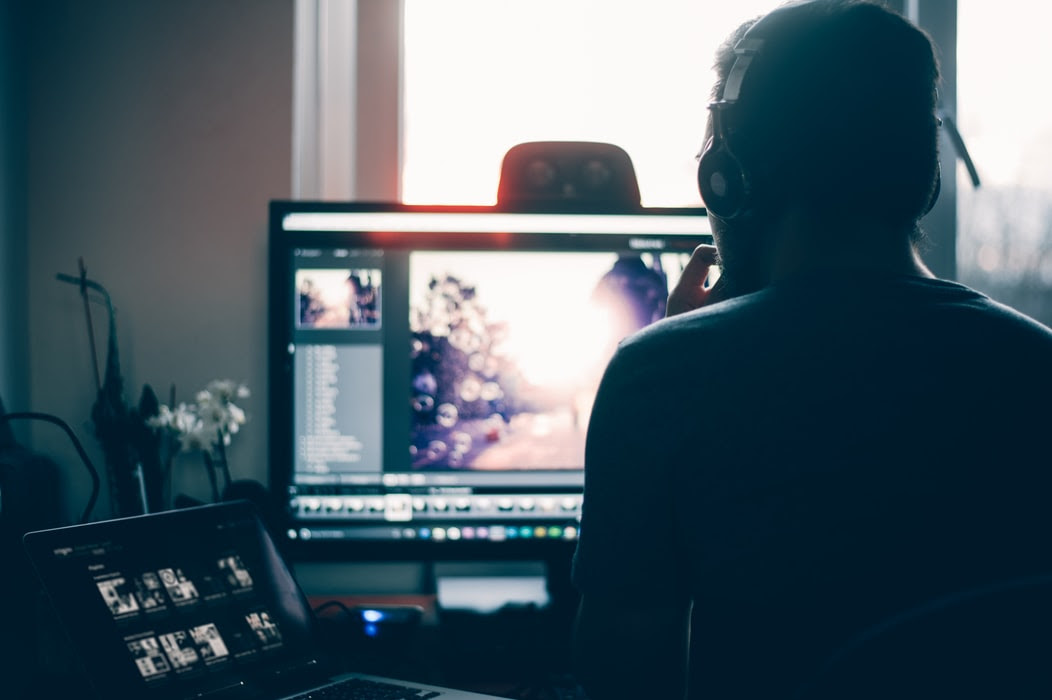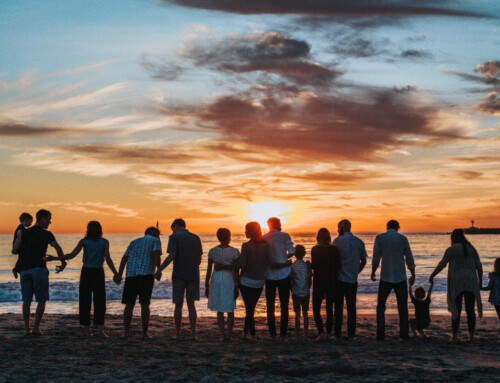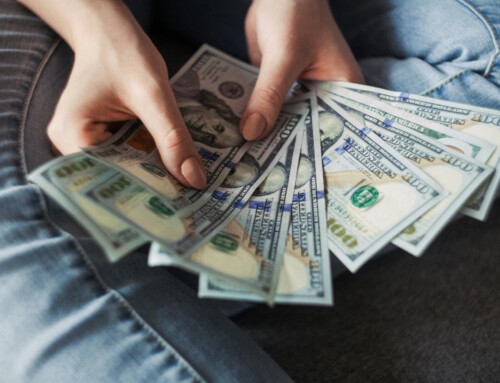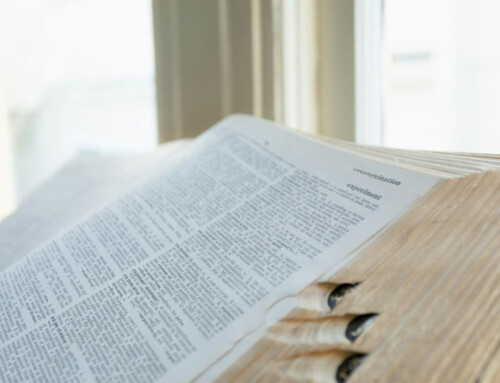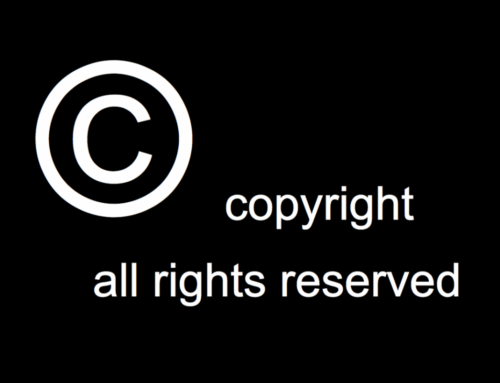A lot of intellectual property lawsuits arise from the use of photographs on the internet. Many people think that the ease of copying them from another website means it’s legal to re-use them on their own website, blog, or social media post.
Others know they can’t do that and rely on licensing photos through stock photo companies and Creative Commons. Relying on a license can be dangerous, though, if you don’t carefully read and fully comply with the license.
A recent case, Philpot v. Myarea Network, involved a social media platform called MyArea that published an article about Willie Nelson and an event page about an upcoming Carlos Santana concert that were illustrated, in part, with photos shot by freelance photographer Larry Philpot.
Philpot generally didn’t receive compensation for his photographs, and he had made both photographs available on Wikimedia Commons subject to Creative Commons Licenses (CCLs). These CCLs didn’t require users of the photographs to pay him anything, but one of the requirements was that licensees attribute Philpot as the photographer.
MyArea failed to include the required attributions, and Philpot sued MyArea for copyright infringement. Both parties asked the court to decide certain issues, including whether MyArea’s use of the photos was a fair use, on summary judgment.
MyArea argued that its use of the photographs constituted fair use, but after weighing the factors involved in such a determination, the court held that because a reasonable jury could find that fair use does—or does not—apply, neither MyArea nor Philpot was entitled to summary judgment on the fair use claim.
The court did, however, note that the fact that Philpot offers the photos at issue for free with attribution undermined his argument that he was damaged by MyArea’s use of the photographs.
In fact, said the court, during his deposition, “Philpot could not recall any instances in which he was paid for his photographs outside of alleged infringement actions.”
This same fact also caused the court to deny Philpot’s motion for summary judgment on the issue of whether Philpot has sustained any harm. He had argued that he incurred actual damages “by losing out on a $3,500.00 licensee for each of the photos” and by not receiving attribution.
The court found, however, that a reasonable jury could decide that Philpot had not sustained any harm as a result of MyArea’s actions, because there was evidence that he had never received any payment for the Nelson and Santana photographs outside of funds awarded him in infringement actions and because the parties disagreed over the value of attribution.
Regardless of how this case is ultimately decided, both parties will have spent a lot of time and money—not to mention experienced a lot of stress—dealing with the dispute.
If you use a photograph subject to a license, make sure you read the license carefully and strictly comply with its terms. If you don’t understand all of the terms, check with an intellectual property attorney before using the photo.
If you’re a photographer, consider a business model other than one in which your primary source of revenue is through suing others for infringement. The court clearly found Philpot’s failure to charge for his photographs to be an important factor in its decision.
Please feel free to contact us if you have any questions about the above issues or if you need assistance protecting your own photographs or licensing those of others.
Photo By: Glenn Carstens-Peters on Unsplash

